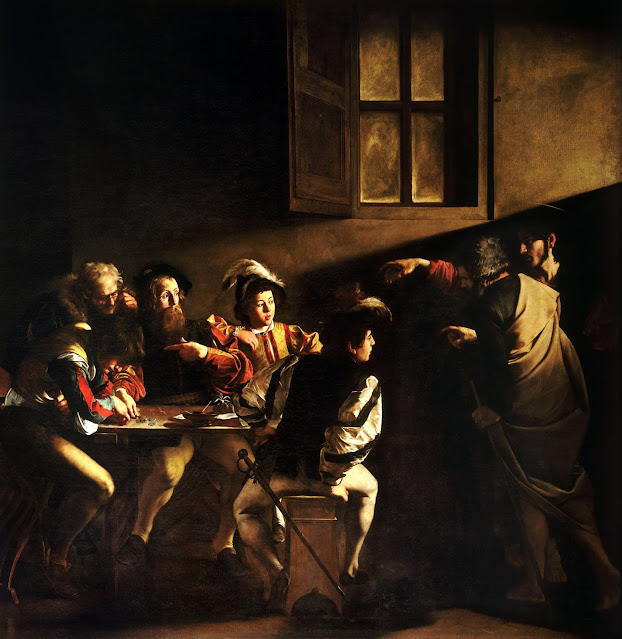Five Female Surrealists You Should Know

When you hear the word Surrealism, you probably picture Salvador Dalí and his melting clocks or René Magritte and his pipe. However—although most of the most famous Surrealists were men—there is a rich history of female Surrealists that is often ignored by art education. Surrealist art seeks to bring the invisible things in life— thoughts, ideas, the human psyche— to the surface, expressing the spiritual and emotional worlds. So, today, I want to bring attention to some of my favorite female Surrealists and the weird and wonderful worlds they created through their painting. Bridget Bate Tichenor - Bridget Bate Tichenor came to art late in life. She spent most of her adult life as a model, fashion editor, and socialite in Paris and New York City. However, in the1950s she abandoned this life in order to seek spiritual fulfillment in Mexico, where she spent the rest of her life. While living there, Bate Tichenor began to create Surrealist paintings. She produced an oeuvre of fantastical ...


















